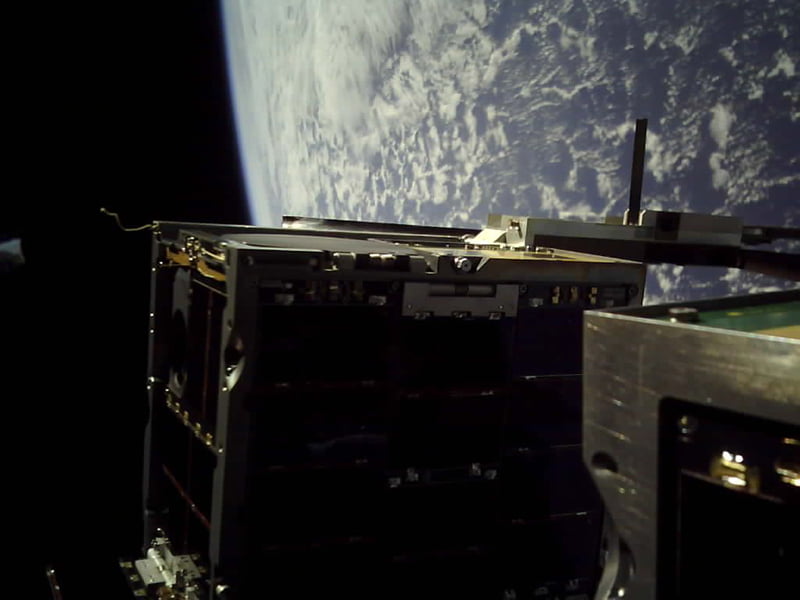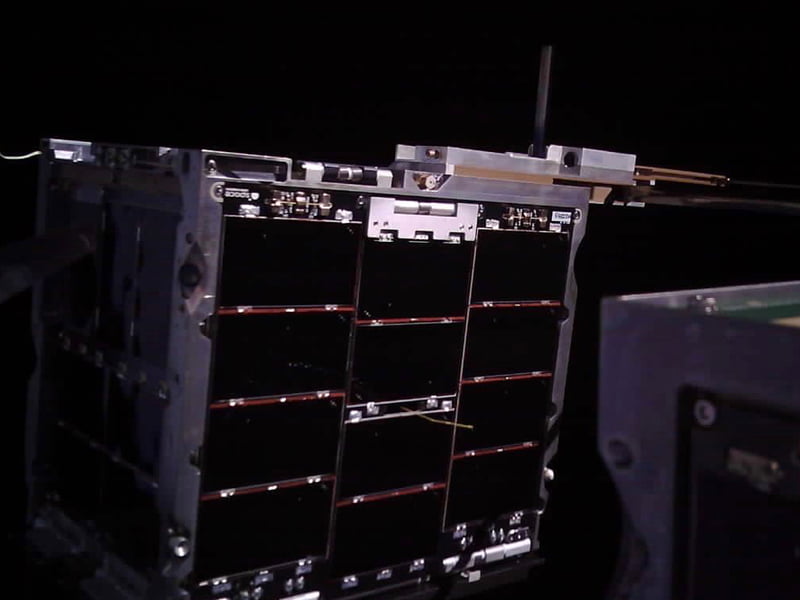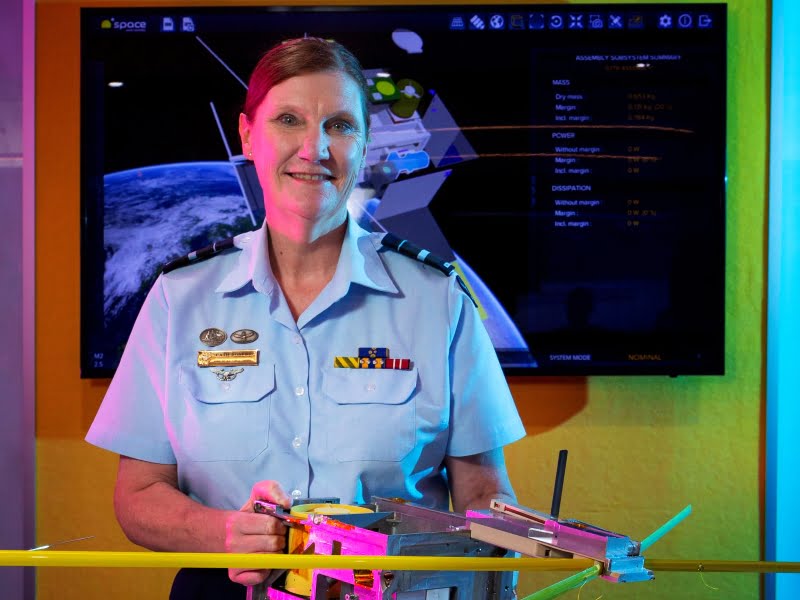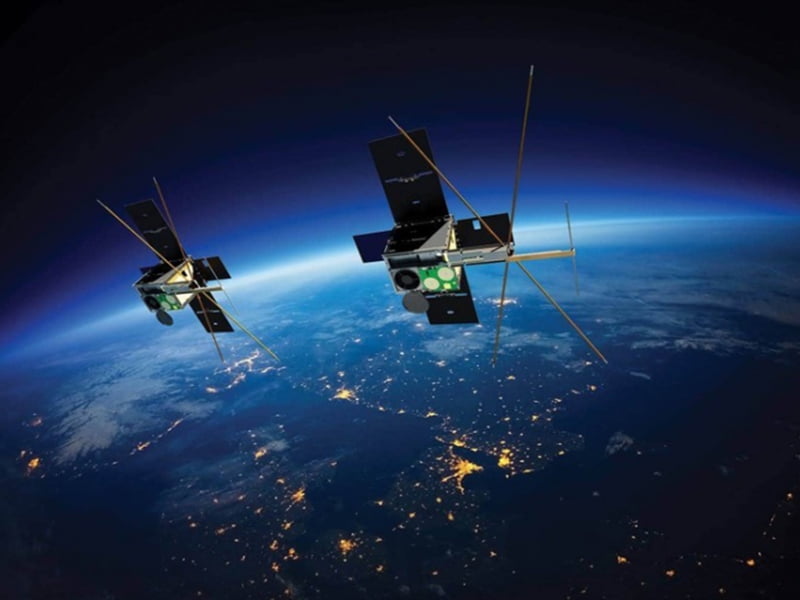The Australian Defence Force has revealed that its M2 cube satellite has successfully separated into two after its launch earlier this year.
The M2 mission — part of a $10 million joint space program between the Royal Australian Air Force and UNSW Canberra — has been orbiting the globe as one since its March launch in New Zealand by Rocket Lab.

Now, Defence has revealed that on Friday UNSW Canberra conducted a controlled separation of M2 into two smaller cube satellites, M2A and M2B, enabling planned research into formation flying, satellite control mechanisms, maritime surveillance, space domain awareness, and inter-satellite communications.
Air Vice-Marshal Cath Roberts said the M2 mission was Australia’s “most complex” cube satellite mission.

“The initiation of formation flying is a landmark moment for the Defence Space Domain,” Air Vice-Marshal Roberts said in a statement on Friday night. “This allows testing of satellite separation mechanisms, and facilitates on-orbit research. The two satellites are packed with payloads such as optical telescopes which are informing future Defence surveillance concepts.
“In a world first, M2 is carrying the first neuromorphic cameras to be placed into orbit. Western Sydney University’s International Centre for Neuromorphic Systems (ICNS) leads development of these biology-inspired event based cameras, delivering advanced capability for tracking small and fast moving objects.”

Defence said the UNSW Canberra Space team also achieved an Australian first, performing in-space artificial intelligence inferencing using on-board computing.
This represented a “significant step” towards developing intelligent, networked satellite constellation technologies, it added.
“This is a massive milestone that we’ve been working toward for a long time, and an awesome example of successful collaboration between all of the spacecraft subsystems teams, operations and ground segment, project management, and the astrodynamics/space domain awareness researchers and sensor providers,” Courtney Bright, flight operations lead at UNSW Canberra, said on LinkedIn on Saturday.
Ms Bright published two photos of the separation, which she said was a challenge in itself to take.
“These photos were taken from M2-A and M2-B 17 seconds after the separation command,” she said.
“Figuring out when to take the images was its own challenge: we had to juggle large uncertainties in the physical separation time, the drift rate of the two spacecraft, separation-induced rotation, as well as lighting conditions when we were constrained to execute the separation approaching eclipse. We nailed it!”
Russell Boyce, director of UNSW Canberra Space, said the separation occurred at 2:55pm Canberra time on Friday.
“A careful drift will be followed by formation stabilisation employing LEO [low-earth orbit] aerodynamics, and then it will be time for next steps in this #spaceresearch and #spacetechnology demonstration mission – #ai, #earthobservation and more,” he said.
M2A and M2B will be able to communicate with each other as well as ground stations on earth, giving better quality data, with greater detail and less lag time.

Air Commodore Philip Gordon said UNSW Canberra Space engaged with a supply chain of approximately 30 Australian companies and organisations for the M2 satellite mission.
“M2 is not only significant for Defence’s Space Domain, but also for advancing Australia’s burgeoning space industry. This is an example of the world-class space capabilities on offer by Australian industry and academia – showcasing their depth of talent, ingenuity and collaborative spirit,” Air Commodore Gordon said.
Defence said it sought to increase the transparency and predictability of the M2 mission by sharing information about it.
“This collaboration allows small satellites to be used for evaluation of technologies that may eventually be placed onto more complex space systems, such as large communications or earth observation satellites,” Air Vice-Marshal Roberts said.
Do you know more? Contact James Riley via Email.

